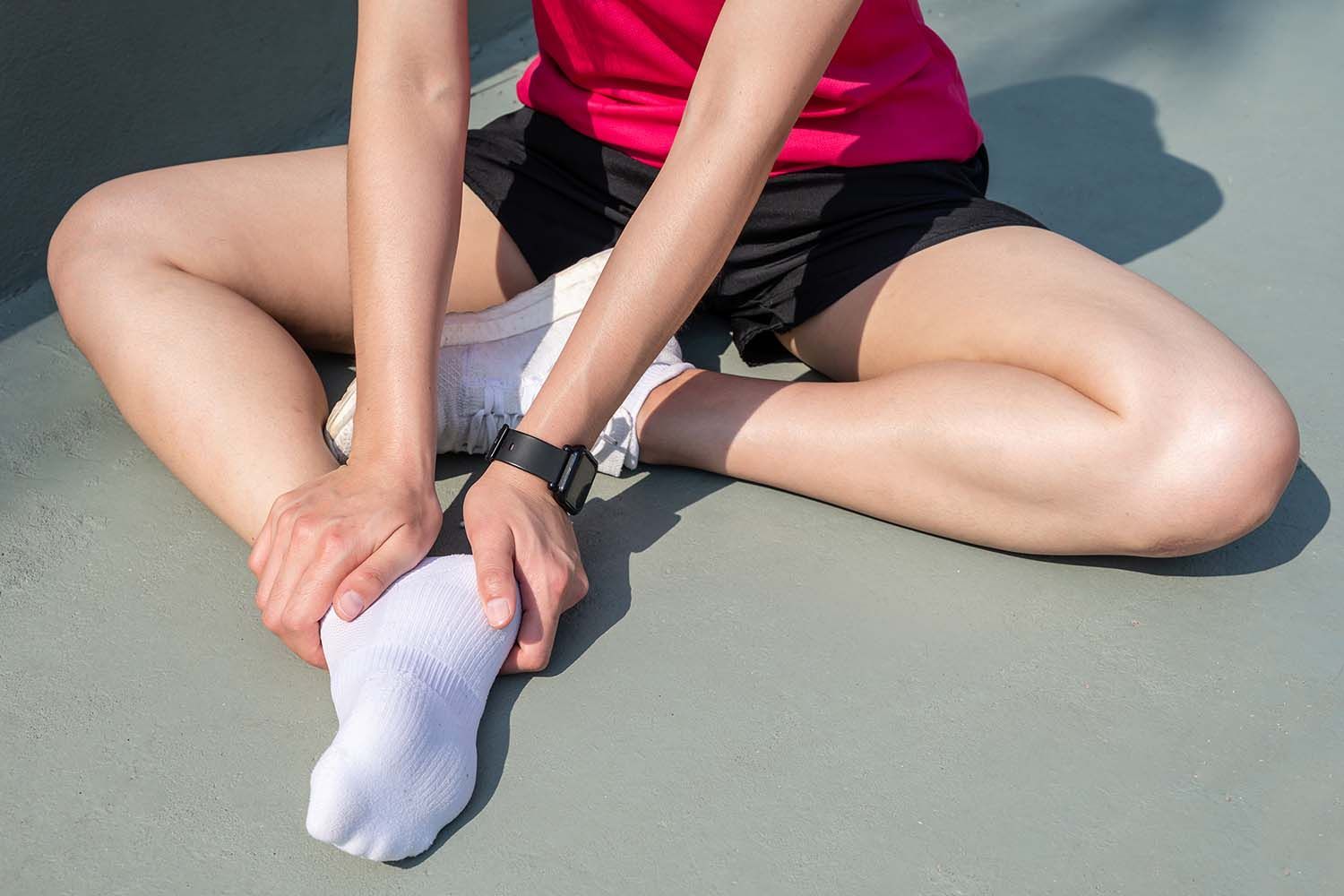Blog
GET IN TOUCH
Chelmsford Physio
Riverside Ice and Leisure Centre,
Victoria Road
Chelmsford
CM1 1FG
Tel:
01245 895410
Email:
hello@chelmsfordphysio.co.uk
STAY CONNECTED
Join our newsletter and find out more
Contact Us
Thank you for signing up!
Oops, there was an error sending your message.
Please try again later
Please try again later










